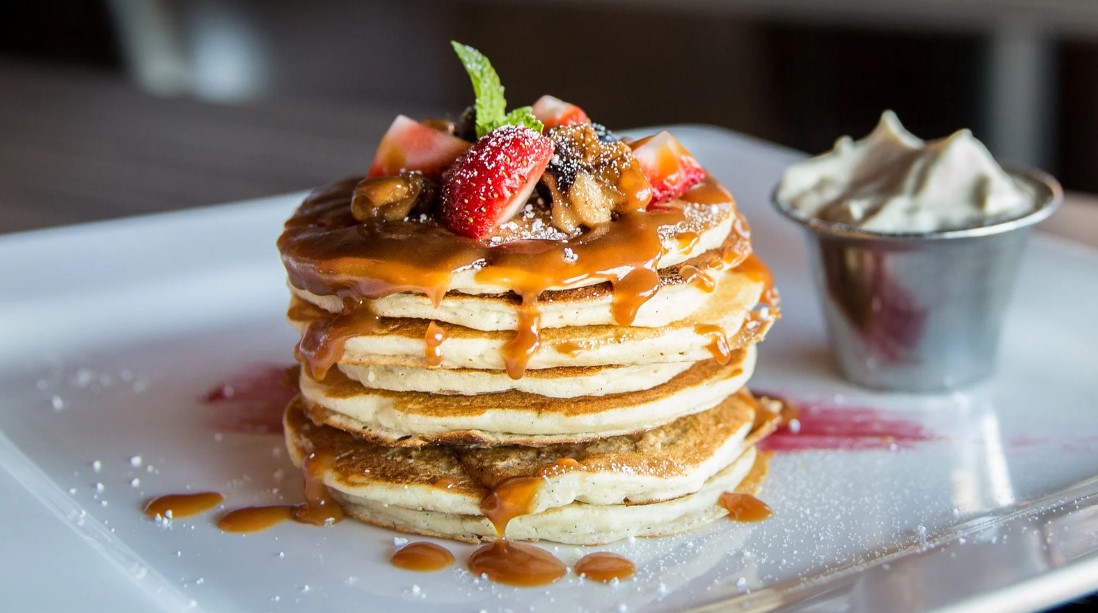Pancakes, with their golden-brown perfection and fluffy texture, are a breakfast favourite for many. Making the perfect pancake may seem like an art, but with the right guidance, anyone can master the skill.
In this extensive guide, we’ll delve into the essential ingredients, the basic pancake recipe, variations, cooking techniques, troubleshooting common issues, and tips for beginners. Get ready to embark on a journey to pancake perfection!
Essential Ingredients
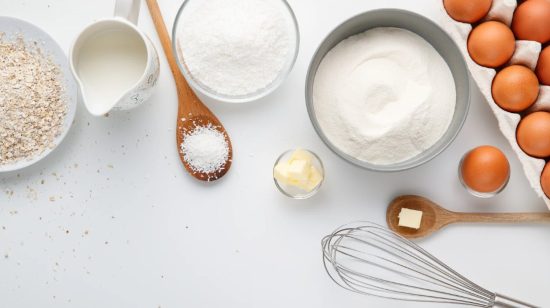
Before diving into the pancake-making process, it’s crucial to gather the right ingredients. For a basic pancake recipe, you’ll need:
- High-quality flour
- Baking powder
- Salt, sugar
- Milk
- Eggs
- Butter
The list may seem simple, but using premium ingredients makes a significant difference in the final product.
How to Make Pancakes?
Basic Pancake Recipe
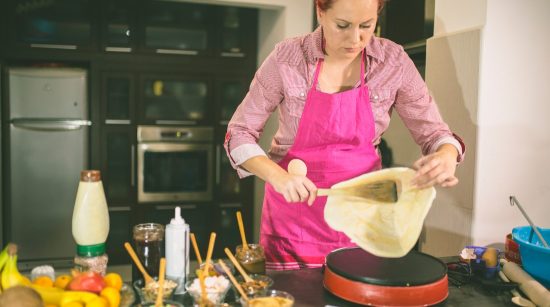
Let’s start with the fundamental pancake recipe. Follow these steps for foolproof pancakes:
1. Combine Dry Ingredients:
- In a mixing bowl, whisk together 2 cups of all-purpose flour, 2 tablespoons of baking powder, a pinch of salt, and 2 tablespoons of sugar. This forms the base for your pancake batter.
2. Mix Wet Ingredients:
- In a separate bowl, whisk together 1 ½ cups of milk, 2 large eggs, and 4 tablespoons of melted butter. This combination adds richness and guarantees a moist texture.
3. Combine and Mix:
- Pour the wet ingredients into the dry ingredients. Gently stir until just combined. Avoid overmixing to maintain a light and fluffy texture. A few lumps are perfectly acceptable.
4. Rest the Batter:
- Allow the batter to rest for 10-15 minutes. This resting period lets the baking powder activate, resulting in fluffier pancakes. Utilize this time to preheat your cooking surface.
With these simple yet crucial steps, you’re prepared to embark on a pancake-making adventure. The outcome: a stack of pancakes that promises to delight your taste buds with every bite.
| Steps | Description |
| 1. Combine Dry |
Whisk 2 cups flour, 2 tbsp baking powder, pinch of salt, 2 tbsp sugar in a mixing bowl.
|
| 2. Mix Wet |
Whisk 1 ½ cups milk, 2 eggs, 4 tbsp melted butter in a separate bowl.
|
| 3. Combine & Mix |
Pour wet ingredients into dry, stir gently until just combined. Avoid overmixing.
|
| 4. Rest Batter |
Rest batter for 10-15 minutes to activate baking powder. Preheat cooking surface during this time.
|
Variations and Additions
Now that you’ve mastered the basic pancake let’s explore some variations and creative additions:
- Buttermilk Pancakes: Substitute buttermilk for regular milk for a tangy flavour and extra fluffiness.
- Whole Wheat Pancakes: For a healthier option, use 1 ½ cups of whole wheat flour instead of all-purpose flour.
- Blueberry Pancakes: Add 1 cup of fresh or frozen blueberries to the batter for a burst of sweetness.
- Chocolate Chip Pancakes: For a treat, mix in 1 cup of chocolate chips for gooey, indulgent pancakes.
Cooking Techniques
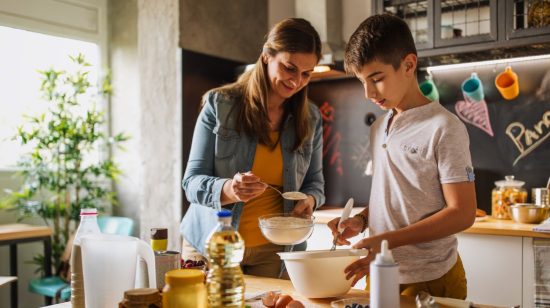
The key to perfect pancakes lies in the cooking process. Consider the following techniques:
- Proper Pan Selection: Opt for a non-stick skillet or griddle to ensure even cooking and prevent sticking. The non-stick surface facilitates easy flipping and removal.
- Heat Control: Maintain medium heat on your cooking surface. This guarantees that the pancakes cook through evenly without risking burnt exteriors. Consistent heat is the key to achieving the desired golden-brown colour.
- Flipping Technique: Exercise patience when flipping pancakes. Wait for bubbles to form on the surface before attempting the flip. Use a spatula for a smooth and controlled manoeuvre. This gentle approach preserves the pancakes’ structure and prevents breakage.
Incorporate these cooking techniques into your pancake-making routine, and soon, you’ll be serving up a stack of flawless, fluffy pancakes that delight the palate with every bite.
Troubleshooting Common Issues
Encountering issues in pancake-making are common, but they’re easily fixable. Address problems like undercooked or overcooked pancakes with these solutions:
- One common problem is undercooked pancakes, recognizable by their raw centres. To remedy this, lower the heat and extend the cooking time, ensuring that the centre cooks thoroughly.
- On the flip side, overcooked pancakes, sporting burnt or excessively browned exteriors, call for a reduction in cooking time and moderation in heat.
- If you notice uneven cooking, where certain sections are more cooked than others, address this by ensuring consistent heat distribution on the cooking surface and flipping the pancakes at the right moment.
- To combat sticky pancakes that cling to the pan, resulting in torn edges, opt for a quality non-stick pan and generously grease it before each batch.
- Lastly, flat pancakes can be a disappointment, lacking the desired fluffiness and rising poorly. To tackle this, scrutinize the freshness of your baking powder and flour, ensuring they are not past their prime.
By addressing these common issues head-on, you transform potential obstacles into opportunities for improvement, making your pancake-making journey a more enjoyable and successful endeavour.
Tips for Beginners
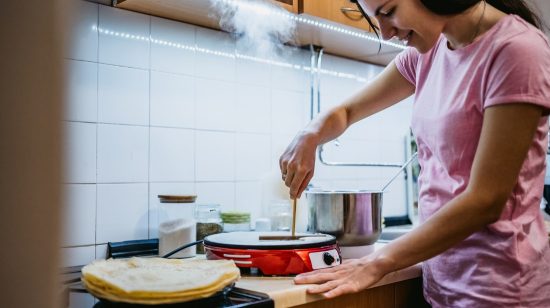
For those new to pancake making, here are some tips to ease the process:
- Ladle Consistency: Utilize a ladle for consistent pancake sizes, ensuring even cooking and an aesthetically pleasing stack.
- Patience in Flipping: Exercise patience when flipping pancakes. Wait for bubbles to form on the surface before turning, ensuring a golden brown finish.
- Temperature Control: Maintain a consistent medium heat to prevent burnt edges and undercooked centres, achieving the perfect pancake texture.
- Non-Stick Pan Perfection: Invest in a quality non-stick pan to prevent sticking and tearing. A well-greased pan ensures smooth flips and flawless pancakes.
- Fresh Ingredients Matter: Use fresh baking powder and flour for the fluffiest pancakes. Fresh ingredients contribute to better taste and texture.
These essential tips provide a solid foundation for beginners, setting the stage for pancake-making success. Enjoy the journey to mastering the art of creating delicious pancakes!
Conclusion
In conclusion, making pancakes is not just a culinary skill; it’s an art. Armed with the knowledge of essential ingredients, the basic recipe, variations, cooking techniques, and troubleshooting tips, you are well on your way to pancake mastery. Whether you’re a novice or an experienced cook, these insights will elevate your pancake game and ensure a delicious start to your day. So, grab your ingredients, heat up the skillet, and let the pancake-making adventure begin!
FAQs – How to Make Pancakes?
Can I Make Pancakes Without Baking Powder?
Yes! You can use alternatives like self-rising flour, buttermilk, or mashed banana to achieve leavening. However, the texture might be denser than classic pancakes.
How Do I Make Pancakes Without Eggs?
There are many egg-free options! Applesauce, mashed banana, flaxseed meal mixed with water, or yoghurt can all bind your batter and add moisture.
What’s the Secret to Fluffy Pancakes?
Resting the batter allows the gluten to relax, resulting in an airier texture. Also, don’t overmix! Gentle folding preserves air bubbles for fluffier pancakes.
Can I Use Different Types of Flour?
Absolutely! Whole wheat, oat, or almond flour can add unique flavours and textures. Just adjust the liquids for optimal consistency.
How Can I Make Pancakes for a Large Group?
Double or triple the recipe! Use multiple cooking surfaces (griddles, stovetops) for speed. Prepare toppings and keep cooked pancakes warm in a low oven before serving.

